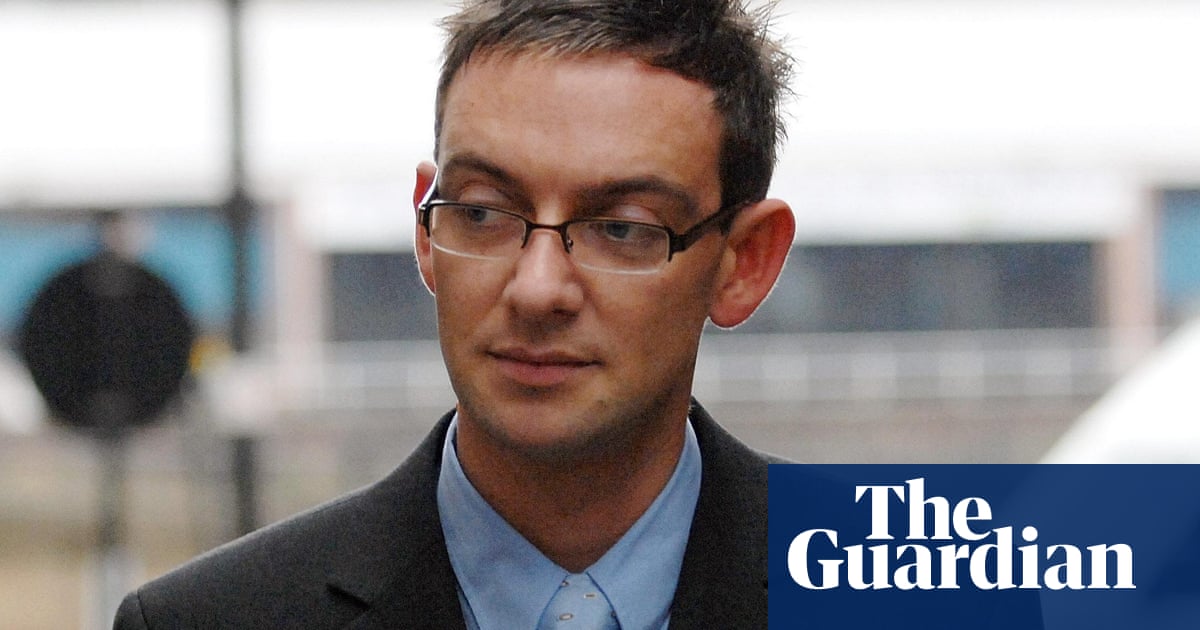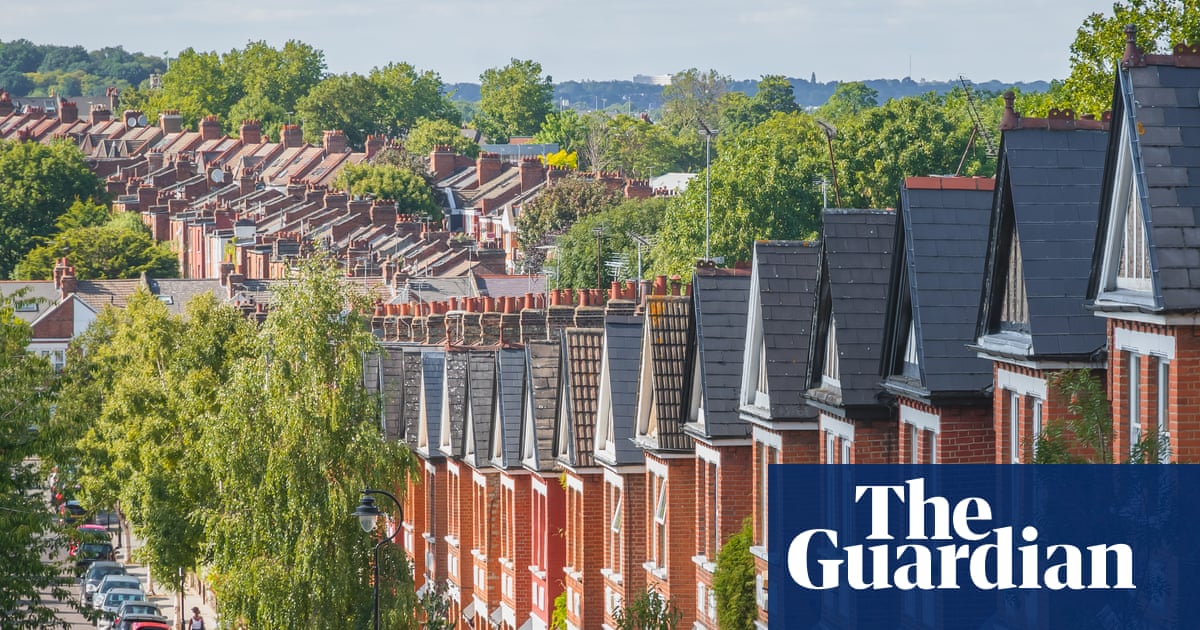Housing is as personal an issue as it gets. Homes are where we take refuge from the outside world, express ourselves, build relationships and families. To buy or rent a house is to project your aspirations and dreams on to bricks and mortar – can we see ourselves sitting outside in the sunshine on that patio? It can also be a deeply frustrating process – can we afford that house? For more and more of us, the answer is no.
Experienced at such an individual level, it’s easy to think that rising costs are a problem particular to your community, city or country. But unaffordable house prices and rents are a continent-wide issue. According to the European Parliament, from 2015 to 2023, in absolute terms, house prices in the EU rose by just under 50% on average. From 2010 to 2022, rents rose by 18%.
As an editor, I wanted to know some of the stories behind these stats and, as a person who lives in a very expensive city (hello from London!), hear some solutions. I commissioned a range of housing experts to contribute to a series, The housing crisis in Europe, describing what the situation looks like in some of Europe’s most expensive cities.
Agustín Cocola-Gant writes about how changes to policy after the 2008 financial crisis encouraged wealthy foreigners to buy second homes or short-term rentals in Lisbon, pricing locals out of their city. Now some Portuguese families rent rooms, not flats.
In a reversal of roles, it’s the newcomers who have it worse in Amsterdam, according to Amber Howard. Older, long-term residents live in secure and affordable social housing while younger people and recent arrivals, often on lower incomes, are left to the costly and insecure private housing sector. While social housing stock has dropped over time, private stock has increased as politicians sought to encourage wealthier residents to move into the city.
It’s a similar story in Budapest, says Csaba Jelinek. Social housing was sold off after the end of the cold war, and private ownership was championed as a rejection of socialist values. What this has meant in practice is older Hungarians investing in housing and driving up prices and rents for younger generations.
One city not facing an affordability crisis is Vienna. As Justin Kadi writes, since the 1920s the city has had a stable stock of social housing for tenants of all incomes. Like in Amsterdam, newcomers rent privately, but social housing has had a damping effect on rents.
You don’t need to be a housing expert to see the dynamics playing out in Europe’s housing market. Over more than 40 years, housing policy has favoured those who invest in homes at the expense of those who live in them. This power imbalance is at its most stark in countries with big institutional investors – such as private equity, hedge, insurance and pension funds – as Tim White explores in his piece.
When houses are not homes but assets, there is a transfer of wealth from those who have not to those who have. Across Europe – and much of the rest of the world – property has become a driving force of inequality. In turn, inequality is a driving force of resentment. Far-right politicians have tapped into this anger for their own political gain, as reported by the Guardian in a previous series of reports from the frontlines of Europe’s housing crisis. As the European commissioner for jobs and social rights, Nicolas Schmit, commented: “The housing problem divides our societies, and it may be a risk for our democracies.”
Housing policies are set at a national level, but the European Union can set frameworks and support access to finance. In 2024, all housing ministers from member states signed a declaration calling for a “new deal” on affordable and social housing.
There are solutions, and there is political will, and in the meantime let’s hope this series will go some way to helping those who face unaffordable housing across Europe realise they’re not alone.
-
Kirsty Major is a deputy Opinion editor for the Guardian

.png) 4 hours ago
2
4 hours ago
2

















































